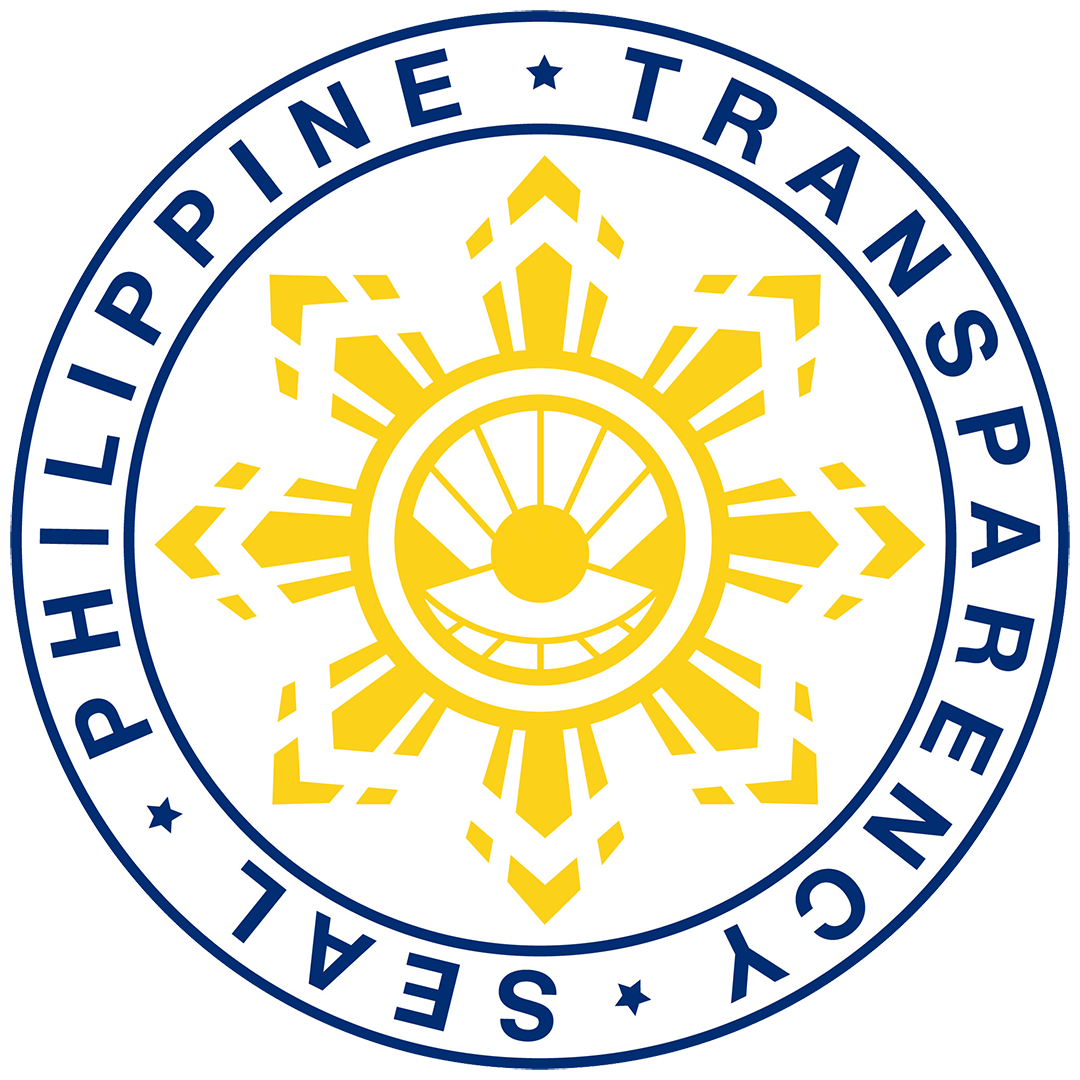Regional models in hydrodynamics are used to describe and simulate current patterns, water levels, and velocities over a large area. In the case of a local Manila Bay model, a larger Philippine model was set as the regional model to characterize the offshore dynamics. The Philippine regional model was set to have a grid composed of 20 km by 20 km cells, defined by the General Bathymetric Chart of the Ocean’s 2020 (GEBCO) bathymetry coupled with tidal boundary condition from TPXO’s Global Inverse Tide Model. One of the results of the regional model is a time-series water level fluctuation that can be used to generate tidal boundary conditions for the local model setup by nesting the two models.
Composed of a separate curvilinear grid, the Manila Bay model includes Pasig River, Laguna Lake, and Manila Bay itself. The size of the grid cells varies from 0.02 to 2 km. Freshwater influx to Manila Bay and Laguna de Bay is included through 50 discharge points located at river outlets. Other inputs to the local model are the initial salinity and temperature, and meteorological inputs which are time-series datasets derived from nearby local weather stations.
Model calibration is essential to accurately represent the real-world system. For the regional model, harmonic analysis was used to calibrate the simulated tides. This process involves using observed water levels to generate tide properties such as amplitude and phase angle of the tidal components. These in turn can generate corrections to be applied to the simulated values. In Manila Bay Station (located near the Port of Manila), the simulated water levels were close to the observed water levels based on the International Hydrographic Organization (IHO) data. The calibration yielded a 0.08 root-mean-square-error value which is less than half of the standard deviation of the observed water levels, signifying a good fit between the datasets.
For the local model, the physical parameters used to calibrate the model were the bed roughness, water viscosity, and diffusivity. These parameters affect the discharge capacity of Pasig River, the rate at which Laguna Lake is being drained by the river, and the mixing potential of the water. Discharge inputs from the watersheds resulting from a well-calibrated hydrologic model also helps in developing a good hydrodynamic model. In the case of Manila Bay-Pasig River-Laguna Lake system, it is important to check the water balance at Laguna Lake in the calibration. The simulated water levels at Laguna Lake showed a good correlation with the actual observed water levels, with a root-mean-square-error value of 0.2 and an R-squared value of 0.87 for the 3-yr simulation (2017-2019).




The hydrodynamics of Manila Bay is a result of the combined effects of tides coming from the West Philippine Sea, wind stresses at the free surface, and density gradient due to salinity, temperature, and freshwater discharges from the surrounding watersheds.
The figures show snapshots of current velocity fields at flood and ebb tides during the wet season. Flood tide is characterized by the movement of water towards the shore while ebb tide is the movement of water away from the shore. In both tidal conditions mentioned, it can be observed that near-surface currents move more freshwater out of the bay. Meanwhile, near-bottom currents force more offshore saltwater into the bay during the flood tide way more than they flush out during ebb tide. This hydrodynamics is typical of an estuarine type of water movement.
A general clockwise circulation can be observed in the near-surface layer during flood tide of the wet season. This is due to the combined effects of high freshwater discharges especially from Pampanga River and Pasig River, and the influence of the Southwest Monsoon to the prevailing wind conditions. During ebb tide, most of the near-surface currents are moving southwest, flushing out towards the bay’s mouth. The near-bottom currents follow the movement of the tides which is inward to the northeast direction during flood tide and shifting to southwest during ebb tide.
During the dry season with southeasterly prevailing winds, a counter-clockwise flow is evident in the near-surface layer, while near-bottom currents still move with the tides as in the wet season.
The near-surface currents are highly influenced by wind stresses and discharges, while near-bottom currents are greatly affected by tide conditions.
To better understand the integrated effects of tides, wind, density gradients, and freshwater flux at different seasons, it would be efficient to discuss in terms of residual flows, which is the average flow over a tidal period (2 weeks). Residual flows also show the general long-term current patterns that influence the movement of materials around the Bay. Residual currents define the fate and transport of pollutants that enter the bay.
During the dry season, the residual flows are the result of prevailing southeasterly winds, and low flow rates from rivers around Manila Bay. The near-surface residual flow shows a counter-clockwise circulation pattern, while the near-bottom currents are weaker towards the southwest direction flushing through the channel at the north of Corregidor.
The residual flows during the wet season on the other hand, are the result of prevailing northeasterly winds and high river discharge rates. High velocity currents can be observed near discharge points of Pampanga River in the north and Pasig River in the east. The near-surface circulation shows a weak clockwise residual current pattern at the north. Most of the bay residual currents are moving westward and southwestward at velocities that are higher compared to dry season currents. The near-bottom currents are towards the northeast direction, bringing in offshore saltwater into the bay.
Shown in the images are residual flow patterns in Manila Bay during a dry month (April) and a wet month (September), alongside Project MapABLE’s Sentinel-3-derived images of of chlorophyll-a (Chl-a) and total suspended matter (TSM).
There is a limited extent of dispersion of suspended matter during the dry season, as compared with other months of the year. The currents at the shallower areas in the north of the bay move with the prevailing SE winds. TSM and Chl-a are also concentrated towards the NW part of the bay. Materials from the east side of the bay are dispersed to the SW direction, following the flow pattern of residual currents.
Both TSM and Chl-a are more dispersed during the wet months, and concentrations from Pampanga spread further to the south. High concentrations at the east side move towards the bay’s center. With higher residual current velocities, more suspended matter is transported across Manila Bay.










 Room 235, National Hydraulic Research Center,
Room 235, National Hydraulic Research Center, esmart.im4manilabay@gmail.com
esmart.im4manilabay@gmail.com 

No responses yet